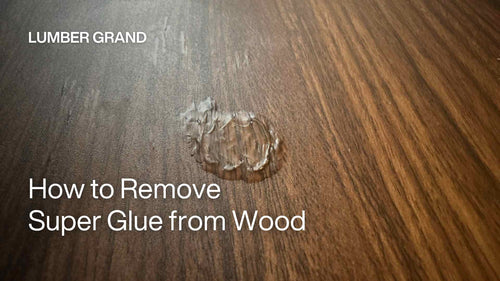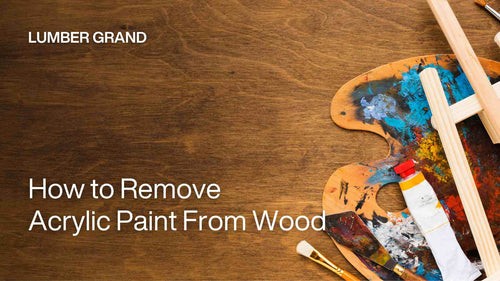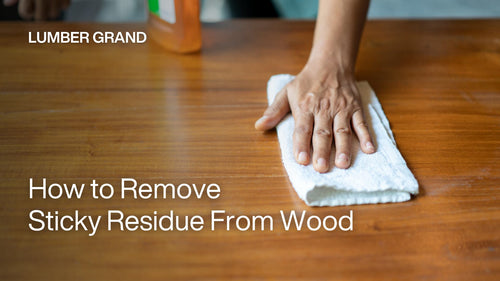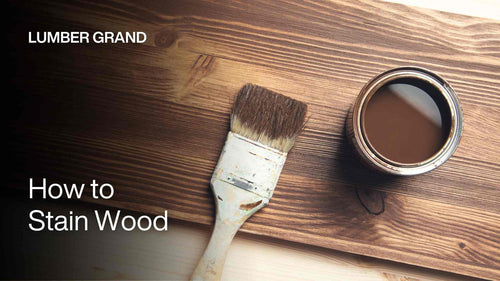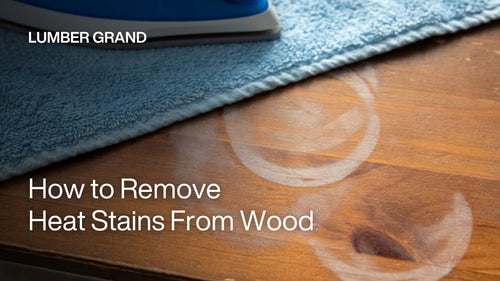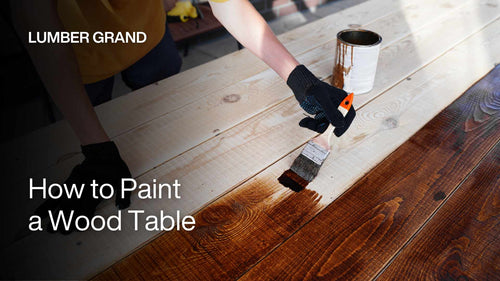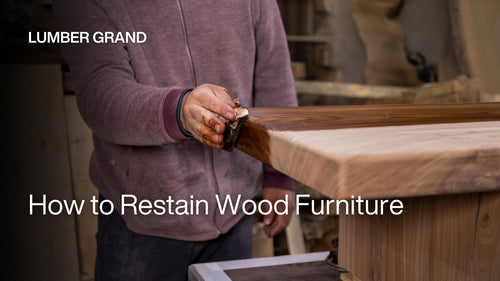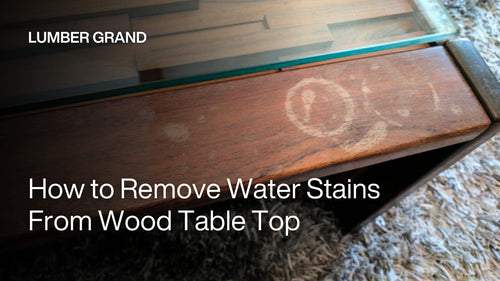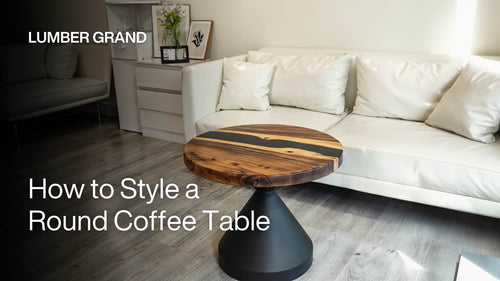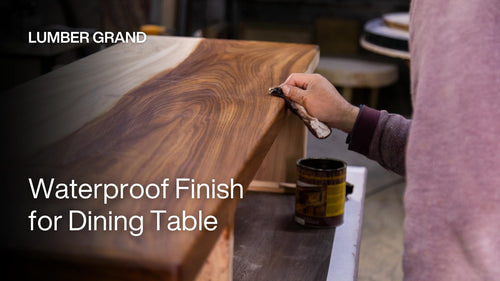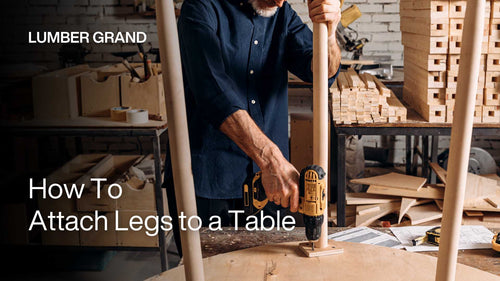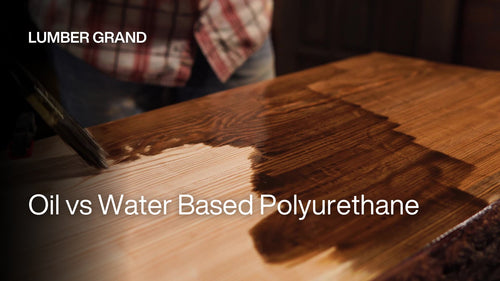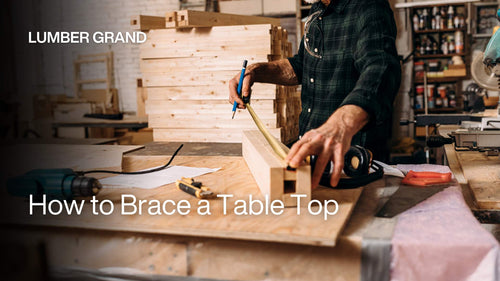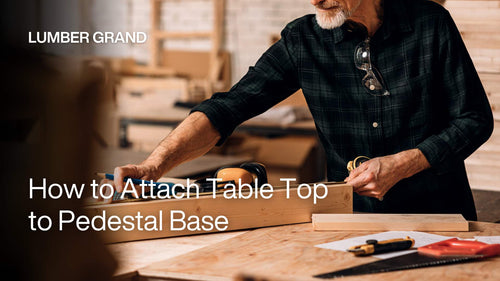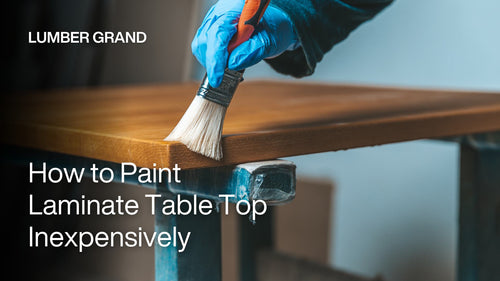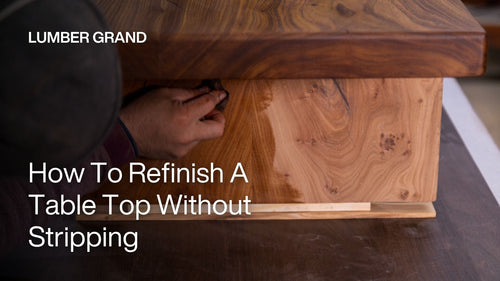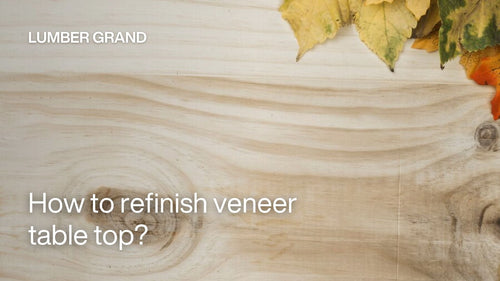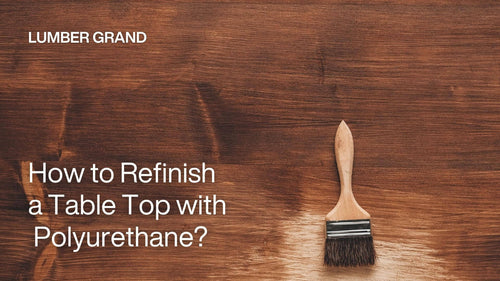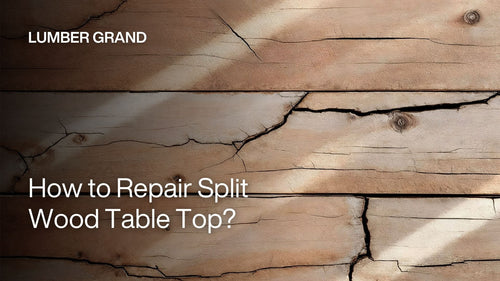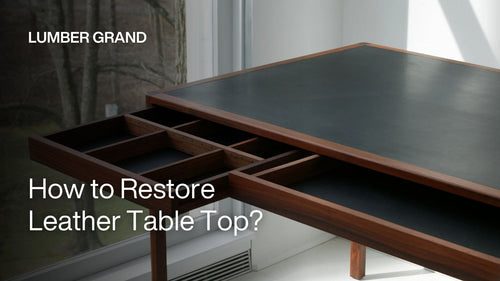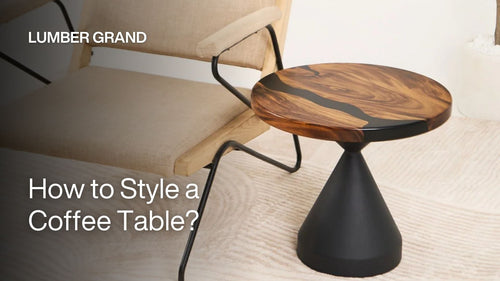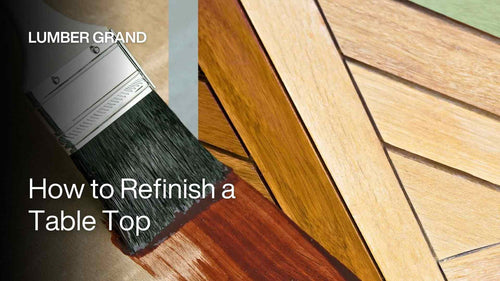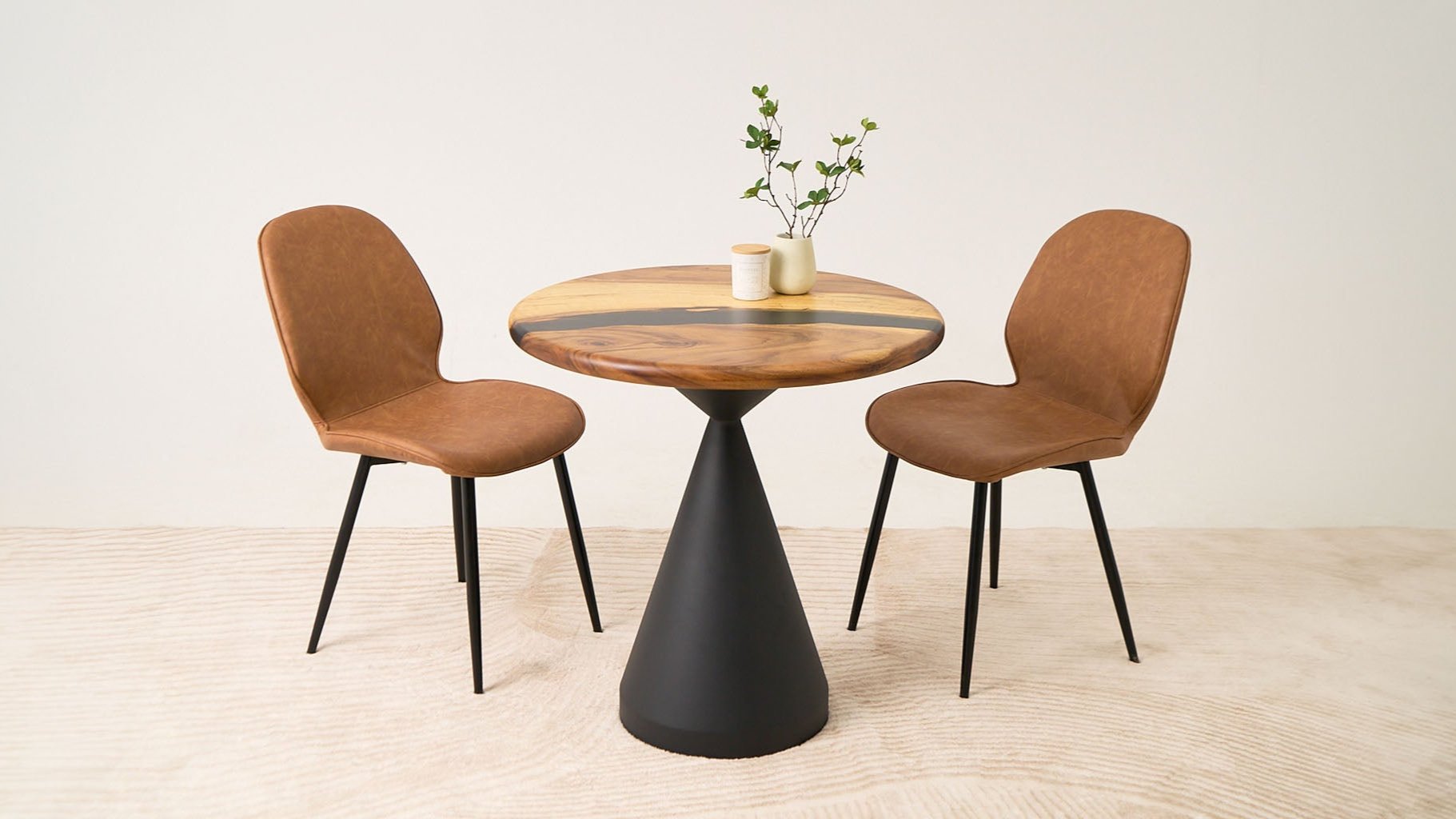Lumber Grand shares the techniques to understand how to fix bubbles in cured epoxy table, which is an essential skill for every woodworker to possess. These simple methods that are suitable for both beginners and experts maintain the perfect finish of your table.
Common Causes of Bubbles in Cured Epoxy Table
Appropriate adjustment of bubbles in cured epoxy requires an understanding of the underlying reasons. The below guidelines Lumber Grand provides typical causes and how to determine the severity.
-
Why bubbles form in cured epoxy: During mixing, air bubbles can appear if epoxy is mixed too vigorously, containing small pockets of air. Bubbles may also form as a result of moisture or expanding air due to changes in the conditions of the air during curing. Defects occur due to overly thick epoxy pouring because trapped air cannot rise to the surface.
-
How to determine if the bubbles are surface-level or deep inside: When examined closely, surface bubbles look like small, shiny domes and feel slightly elevated. Hold the flashlight over the table top to see deeper bubbles, areas that are dark or shaded show trapped air between the layers. While dangerous bubbles may require filling and recoating, minor defects might only require simple sanding.

Photo: Vista Resin
Tools Materials Needed
Bubbles in a cured epoxy table can be fixed with the appropriate tools to address both surface and more critical flaws. To learn how to fix bubbles in cured epoxy table projects, you will need these four crucial items:
- Heat gun or torch: By warming the epoxy, a heat gun or propane flame can gradually break surface bubbles and remove trapped air. To prevent causing damage to the table surface or burning the resin, keep the tool moving.
- Sandpaper (various grits): To smooth bubbles, start with coarse grit (120-220) then work slowly up to finer grit (400-1000). Sanding the surface correctly provides no visible scratches and prepares it for repairs.
- Additional epoxy resin for refinishing: For a perfect repair, fill in deeper spaces or sanded parts with new epoxy. To prevent material waste and maintain consistency with the original finish, mix in small quantities.
- Polishing compounds: Polishing compounds erase fine scratches and restore the table top's glossy surface after repairs. Use a piece of padding or soft cloth together with your efforts to learn how to fix bubbles in epoxy table to achieve the appearance of mirrors.
 Essential Tools and Materials for Fix Bubbles in Cured Table Repair
Essential Tools and Materials for Fix Bubbles in Cured Table Repair
Photo: Ahcène Brioua, Thirdman
How to Fix Bubbles in Cured Epoxy Table?
The perfect surface of your epoxy table top can be ruined by bubbles, but both beginners and experts can find this 3 steps to fixing bubbles in cured epoxy tables easy to follow. To restore the coating on your table, use these techniques:
Step 1: Sand the Surface Lightly
Use 220 grit sandpaper to carefully sand the parts that are impacted to begin your work on how to fix bubbles in epoxy table. By doing this, the uneven surface is eliminated and the perfect texture is produced for the fresh epoxy to adhere to. To see all flaws clearly, always work in areas with adequate lighting.
When working with bigger surfaces, the technique, involving breaking the space up into smaller portions, can be useful. Cleaning away all dust will finish the process and prepare the surface for the next important cleaning step.
 Sanding to remove epoxy bubbles
Sanding to remove epoxy bubbles
Photo: Sadolin
Step 2: Clean with Acetone or Denatured Alcohol
After sanding is finished, clean the entire surface to get rid of any dust or dirt. To avoid coloring, wet a cloth that is free of lint with acetone or denatured alcohol and then use long, straight movements to clean the table.
Before continuing, let the cleaning liquid completely evaporate, usually in an open space for 10 - 15 minutes. To ensure complete surface preparation and best results, continue the cleaning procedure a second time. This focus on detail is similar to the careful preparation required to understand how to clean epoxy table top surfaces for everyday use.
 Wiping with Acetone or Denatured Alcohol for thorough surface cleaning
Wiping with Acetone or Denatured Alcohol for thorough surface cleaning
Photo: ©Syda Productions on Canva.com
Step 3: Apply a New Seal Coat and Flood Coat
When preparing a new batch of epoxy, take care to minimize air bubbles - a technique also crucial when discovering how to epoxy a table top. Use a high quality foam brush to apply a thin layer of sealant, making smooth, overlapping sweeps from one end of the table to the other. Any micro imperfections left over from the sanding process are eliminated by this first layer.
Once the seal coat becomes tacky, which normally takes four to six hours, apply your flood coat. Use the same methods you applied when first learning how to fix bubbles in cured epoxy table projects. Any fresh surface bubbles should be removed as soon as the mixture is poured using a heat gun or torch. Keep the heat source 6 inches away and move regularly to prevent burning any areas.
 Applying fresh epoxy layers and removing bubbles with heat treatment
Applying fresh epoxy layers and removing bubbles with heat treatment
Photo: ©Collab Media on Canva.com
How to Prevent Bubbles in Epoxy Resin Tables?
Time and effort can be saved by completely avoiding bubbles in epoxy resin tables. Follow 3 techniques minimize the need to figure out how to remove bubbles from dried epoxy later:
- Proper mixing techniques to avoid air bubbles: To reduce air creation, mix epoxy slowly and steadily using a broad, flat stir brush. After churning, let the mixture remain for two to three minutes so that any trapped air can naturally rise before pouring.
- Best application methods for a bubble-free finish: Apply epoxy in thin, equal layers to allow for easy air escape. To burst surface bubbles, lightly place a heat gun or torch 6 to 8 inches above the surface as soon as the pour is complete.
- Ideal room temperature and humidity for epoxy curing: During application and curing, keep the room temperature between 70 and 75°F (21 and 24°C) and the humidity below 50%. Understanding how to make a mold for epoxy resin table can also help guarantee a regulated atmosphere and reduce the chance of bubbles.
For individualized help with epoxy table repairs, send an email to contact@lumbergrand.com.
By learning how to fix bubbles in cured epoxy table, you may save money on cleaning and preserve the quality finish of your handcrafted furniture. In summary, you may successfully remove bubbles and restore the smooth surface of your table by following three essential steps: meticulous sanding, thorough cleaning, and professional recoating.









